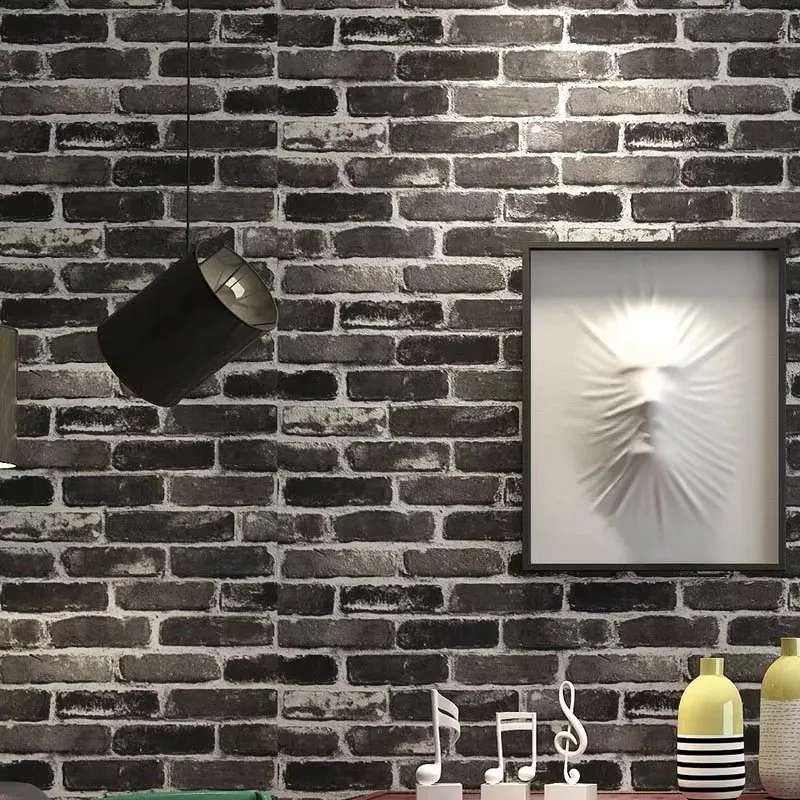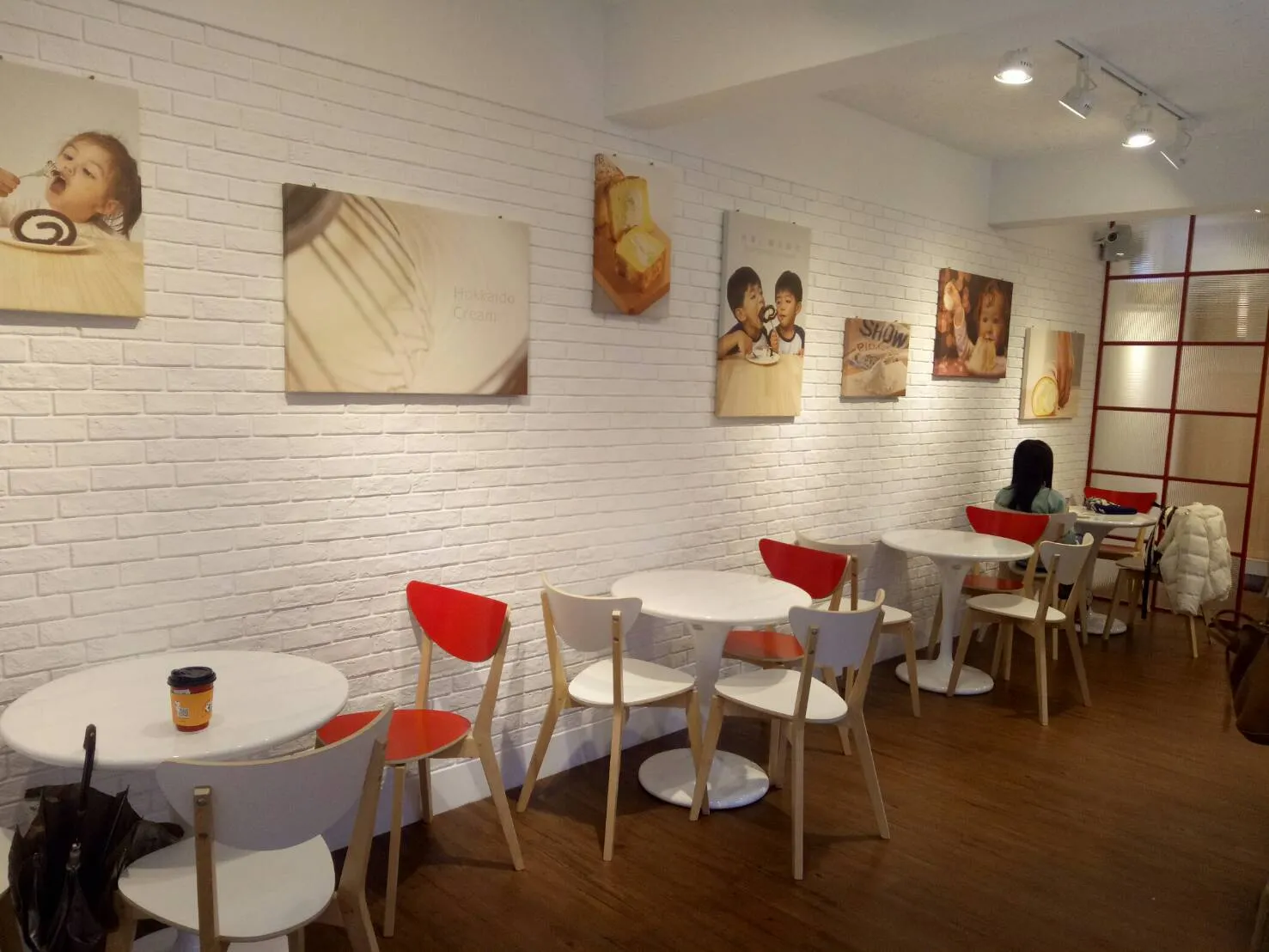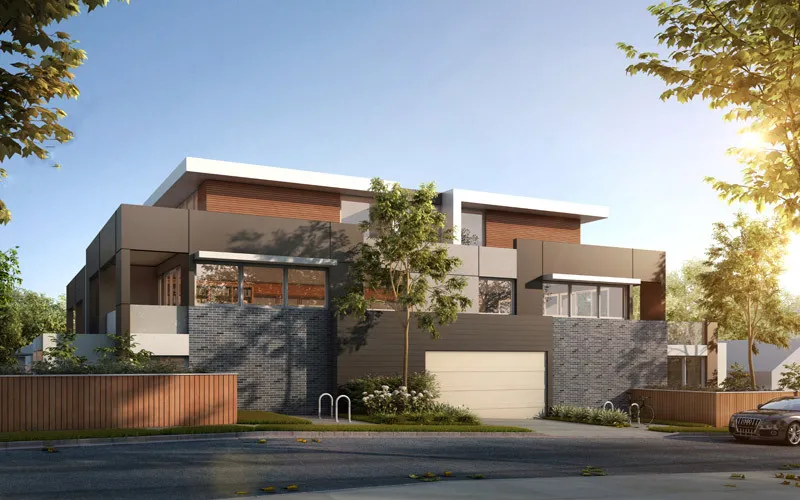
Cultural Stone Water Absorption Rate Tests: Shale (3%), Stone Wall (5%), Moon Peak (2%)

If you've ever walked through an ancient city or admired heritage architecture, you've probably noticed how some stones weather beautifully while others crumble prematurely. Water absorption—the hidden protagonist in stone durability—doesn't get nearly enough attention in conversations about cultural conservation. Understanding this property is like getting to know the personality of stone itself. Porosity and absorption rates reveal how porous materials interact with moisture over decades and centuries.
What's fascinating about stones isn't just their appearance—it's how they "drink" moisture from rain or humidity. This makes the difference between structures surviving generations versus deteriorating within decades. Proper architectural stone selection fundamentally depends on understanding moisture behavior.
Why Water Absorption Matters
Stone walls aren't just static objects—they're dynamic landscapes reacting to weather conditions daily. Water penetrates stone pores through:
Direct precipitation attacks porous surfaces. Stones with open porosity networks absorb moisture like sponges, leading to freeze-thaw damage cycles where trapped water expands during winter months. This explains why some historic monuments develop cracks and flaking surfaces over time.
High vapor pressure constantly cycles moisture into stone micro-pores—especially problematic indoors where poor ventilation causes prolonged moisture exposure. Salt crystallization occurs when dissolved minerals deposit inside stone structures during evaporation. Over years, salt pressures fracture stone bonds internally.

Modern Measurement Techniques
Traditional tests like Karsten tubes or gravimetric analysis provide baseline data but often lack precision for subtle variations in sedimentary rocks. Enter the implemented Contact Sponge Method (i-CSM), which gives an immediate reading of surface capillary rise properties.
i-CSM Testing Workflow
- Sponge Hydration - Calibrated sponge loaded with distilled water
- Surface Contact - Applied to stone for precise time increments using pocket penetrometer pressure control
- Weight Differential - Measure exact water loss from pre/post-test weights
- Calculations - Water adsorbed per minute per square cm (µg/cm²/min)
Shale (3%)
Lowest absorption rate shows tightly bound mineral layers. When moisture interacts with Shale structures, it tends to bead on the surface rather than penetrate deep into the matrix. This characteristic makes Shale valuable for locations with harsh weather patterns.
Stone Wall (5%)
Medium absorption profile reflects the compromise between aesthetic grain patterns and performance needs. This stone demonstrates moderate capillary attraction—water creeps inward about 3mm below the surface before stopping. Restoration architects note its balanced suitability for indoor/outdoor heritage applications.
Moon Peak (2%)
Remarkably low absorption places this stone near impermeable materials like quartzite. Moon Peak's metamorphic history created an intricate lattice where water molecules get trapped without migrating. Conservators prefer it for restoration requiring minimal maintenance.

Porosity: The Hidden Architecture of Stone
All stone absorption behaviors trace back to pore architecture. Using specialized imaging scanners, we can visualize three distinct pore networks influencing moisture behavior:
Found between mineral grains in sandstones, 50-200μm width allows rapid water travel. When designing building materials like porcelain tiles, controlling these gaps matters significantly.
Natural stress cracks in granite/marble measuring under 10μm create unexpected capillary pathways. Freeze-thaw cycles gradually expand these fissures over decades—structural engineers consider this in modern construction.
Microscopic defects within mineral crystals themselves—calcite veins in limestone collect moisture molecules like molecular sponges. Surface treatments targeting this level include nanotechnology penetrating stone microstructure without altering appearance.

Conservation Challenges
Moisture management in heritage sites blends science with cultural preservation—treatments must respect authenticity while preventing deterioration. Current conservation approaches include:
Siloxane-based compounds penetrate 1-3mm deep, creating invisible water repellent barriers while allowing vapor transmission. Careful formulation prevents unnatural surface sheen on historic structures.
| Stone Type | Absorption Rate | Porosity Index | Freeze-Thaw Resilience |
|---|---|---|---|
| Shale | 3.1% (±0.2) | Low-Medium | High (27 cycles) |
| Stone Wall | 5.2% (±0.3) | Medium | Medium (18 cycles) |
| Moon Peak | 1.9% (±0.1) | Low | Exceptional (35+ cycles) |

Climate Implications
Urban environments differ wildly from ancient ones—modern pollutants create acid rain accelerating stone decay. Buildings now face:
Sulfur dioxide converts to sulfuric acid inside porous stone, dissolving calcite bonds. Stones under 5% absorption resist this dramatically better—Shale performs well at 3%.
Dark stones in modern cities heat rapidly under UV, causing thermal expansion stresses exceeding original design limits. Moon Peak reflects infrared effectively due to its mineral composition.
Practical Conservation Takeaways
Understanding these absorption metrics transforms how we approach architectural restoration:
- Moisture cycling accelerates decay exponentially beyond simple weathering
- Freeze-thaw resilience directly relates to water retention capabilities
- Moon Peak shows exceptional durability suitable for critical structural elements
- Integrated treatments combining water repellents and consolidants offer layered protection
Next time you see historic stonework, observe how weathering patterns reveal absorption characteristics—it's nature's documentation of material science playing out over generations.
The difference between stones enduring centuries versus crumbling within decades often comes down to how they interact with water. By prioritizing water absorption metrics in conservation planning, we preserve cultural treasures more effectively for future generations. And when considering durability for modern building materials, choosing appropriate stones for specific environmental exposures remains fundamental to longevity.
Tags:
Recommend Products











